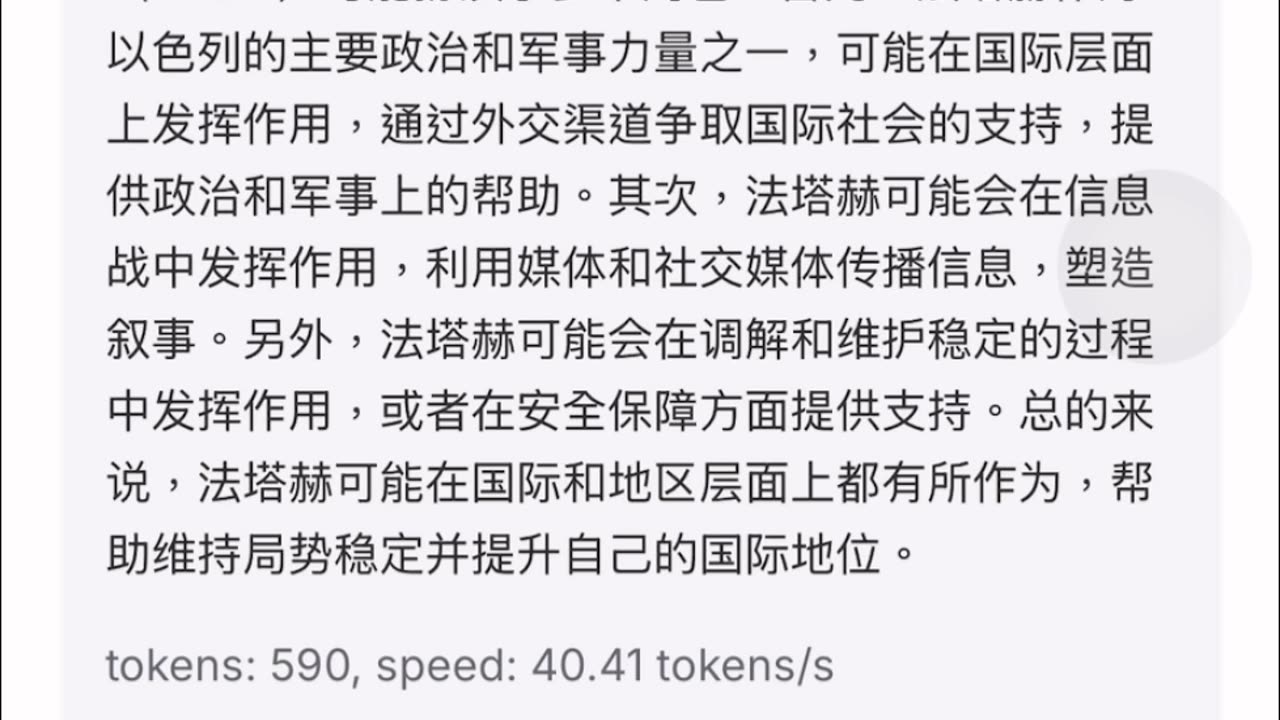Premium Only Content

The ceasefire 2 Unlisted Video
The ceasefire agreement between Israel and Hamas, effective as of January 19, 2025, marks a pivotal moment in the 15-month war that began after Hamas' October 7, 2023, attack on Israel. Here is a detailed overview of the agreement, its structure, and implications:
---
### **Key Provisions of the Ceasefire Agreement**
The deal is structured in **three phases**, mediated by the U.S., Egypt, and Qatar, with significant involvement from both the Biden and Trump administrations.
#### **Phase 1 (42 days)**
1. **Hostage-Prisoner Exchange**:
- Hamas releases **33 Israeli hostages** (women, children, elderly, and the sick) in exchange for **1,900 Palestinian prisoners** from Israeli jails. This includes administrative detainees and those serving life sentences.
- As of February 2025, **16 Israeli and 5 Thai hostages** have been freed, alongside hundreds of Palestinian prisoners.
2. **Humanitarian Aid**:
- Up to **600 aid trucks daily**, including fuel, enter Gaza, with half directed to the famine-stricken north.
- The Rafah border crossing with Egypt reopened, allowing medical evacuations and aid distribution.
3. **Military Withdrawal**:
- Israeli forces withdraw from populated areas in Gaza but retain control of border zones (e.g., Philadelphi Corridor).
- Displaced Palestinians are permitted to return to northern Gaza, though many face destroyed homes and unexploded ordnance.
4. **Ceasefire Conditions**:
- A six-week pause in fighting, with negotiations for Phase 2 starting on Day 16.
#### **Phase 2 (Indefinite Truce)**
- **Permanent Ceasefire**: Requires Hamas to release remaining **living male hostages** (civilians and soldiers) in exchange for more Palestinian prisoners.
- **Full Israeli Withdrawal**: Troops exit Gaza entirely.
#### **Phase 3 (Reconstruction)**
- **Return of Deceased Hostages**: Exchange of bodies between both sides.
- **Rebuilding Gaza**: A 3–5 year reconstruction plan under international supervision, estimated to cost $40 billion.
---
### **Humanitarian Impact**
- **Gaza Crisis**: Over 46,700 Palestinians killed and 90% displaced, with severe shortages of food, medicine, and shelter.
- **Hostage Conditions**: Freed hostages reported malnutrition, weight loss, and psychological trauma. Some were held in dark, isolated conditions.
- **Aid Surge**: Aid deliveries increased from 90 trucks/day (December 2024) to 600/day post-ceasefire, though pre-war levels were 500/day.
---
### **Political Dynamics**
- **Israeli Government**: Prime Minister Netanyahu faced fierce resistance from far-right coalition partners threatening to collapse his government if the war halts permanently.
- **U.S. Involvement**: Both Biden and Trump administrations played roles. Biden’s team negotiated the framework, while Trump pressured Israel to finalize the deal before his January 20 inauguration.
- **Regional Actors**: Qatar and Egypt facilitated negotiations, while Iran and Hezbollah celebrated the deal as a "victory" for Hamas.
---
### **Challenges and Risks**
1. **Fragile Truce**: Both sides accused each other of violations. Hamas claims Israel delayed aid; Israel alleges Hamas uses civilian infrastructure for attacks.
2. **Post-War Governance**: The Palestinian Authority seeks control of Gaza, but Hamas remains a dominant force, and Israel rejects PA involvement.
3. **Rebuilding Gaza**: Decades-long reconstruction efforts are needed, with risks of renewed conflict if political solutions stall.
---
### **Conclusion**
The ceasefire offers temporary relief but leaves unresolved issues, including Hamas' governance role, Palestinian statehood, and long-term security for Israel. While Phase 1 has seen progress, the success of subsequent phases hinges on complex negotiations and sustained international pressure. For now, the agreement represents a fragile hope for stability in a region scarred by decades of conflict.
-
 16:12
16:12
T-SPLY
6 hours agoJeff Bezos Is Now Enemy #1 For The Trump Administration
16.7K24 -
 2:11:38
2:11:38
The Quartering
5 hours agoNew Karmelo Anthony Video, Pride Collapses, Bill Belichick Elder Abuse, Trump Assassin Texts Drop!
137K32 -
 LIVE
LIVE
LFA TV
21 hours agoALL DAY LIVE STREAM - TUESDAY 4/29/25
634 watching -

John Crump Live
2 hours agoOur Tier List ofAR-15s!
3.73K -
 1:19:07
1:19:07
The Confessionals
6 hours agoWhat If You Were Chosen for Battle in a Realm Where Darkness Rules?
5.22K3 -
 1:19:14
1:19:14
Awaken With JP
4 hours agoEpstein Victim: It Was Definitely a Suicide - LIES Ep 89
72.6K39 -
 1:22:51
1:22:51
The HotSeat
3 hours agoTrump Wrote History — Democrats Wrote Their Own Obituary in the First 100 Days
17.1K1 -
 1:44:27
1:44:27
Rebel News
4 hours ago $6.15 earnedElection fallout, Two leaders lose their seats, Canada's future | Rebel Roundup
49K44 -
 LIVE
LIVE
Right Side Broadcasting Network
5 days agoLIVE: President Trump Holds a Rally Celebrating his First 100 Days in Warren, MI - 4/29/25
19,614 watching -
 1:10:39
1:10:39
The Officer Tatum
3 hours agoLIVE Amazon EXPOSED After PROPOSED Tariff Website Feature, Canadian Election + MORE EP 97
25.2K4